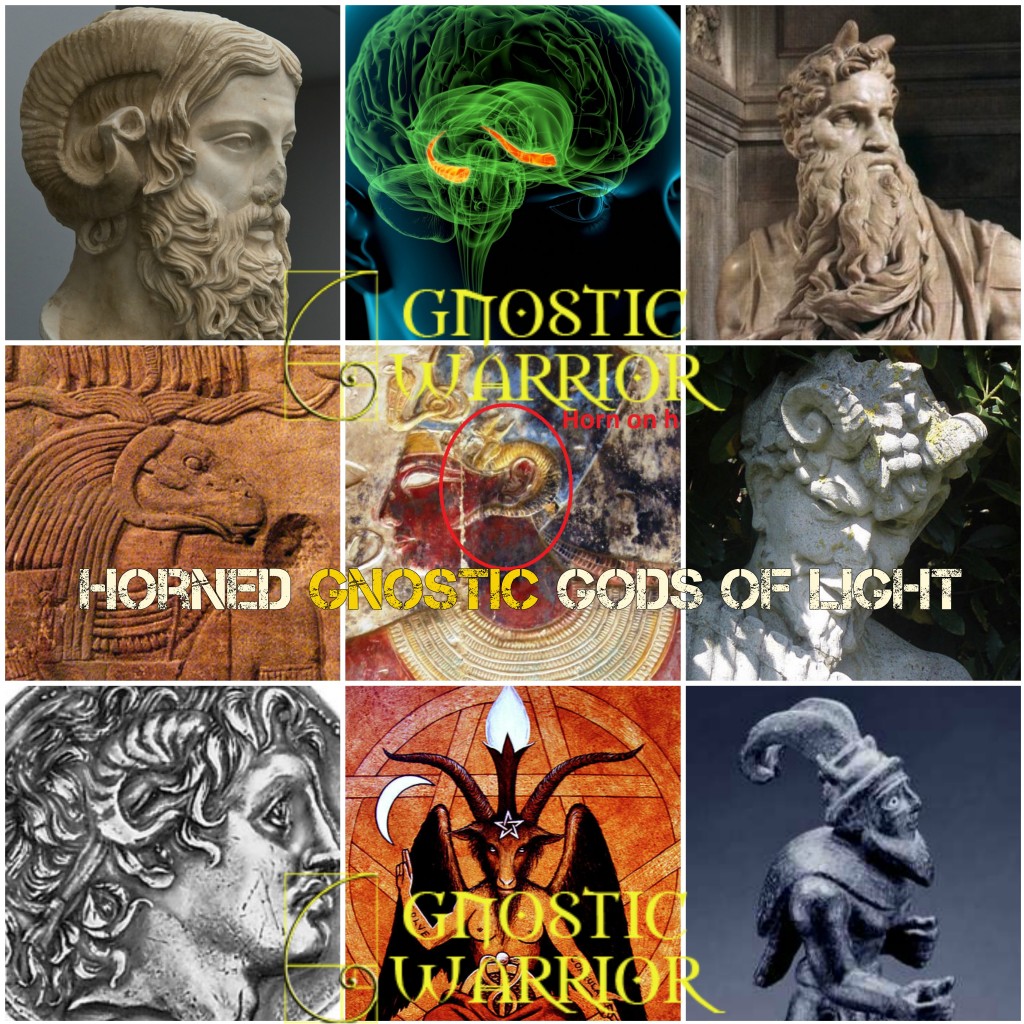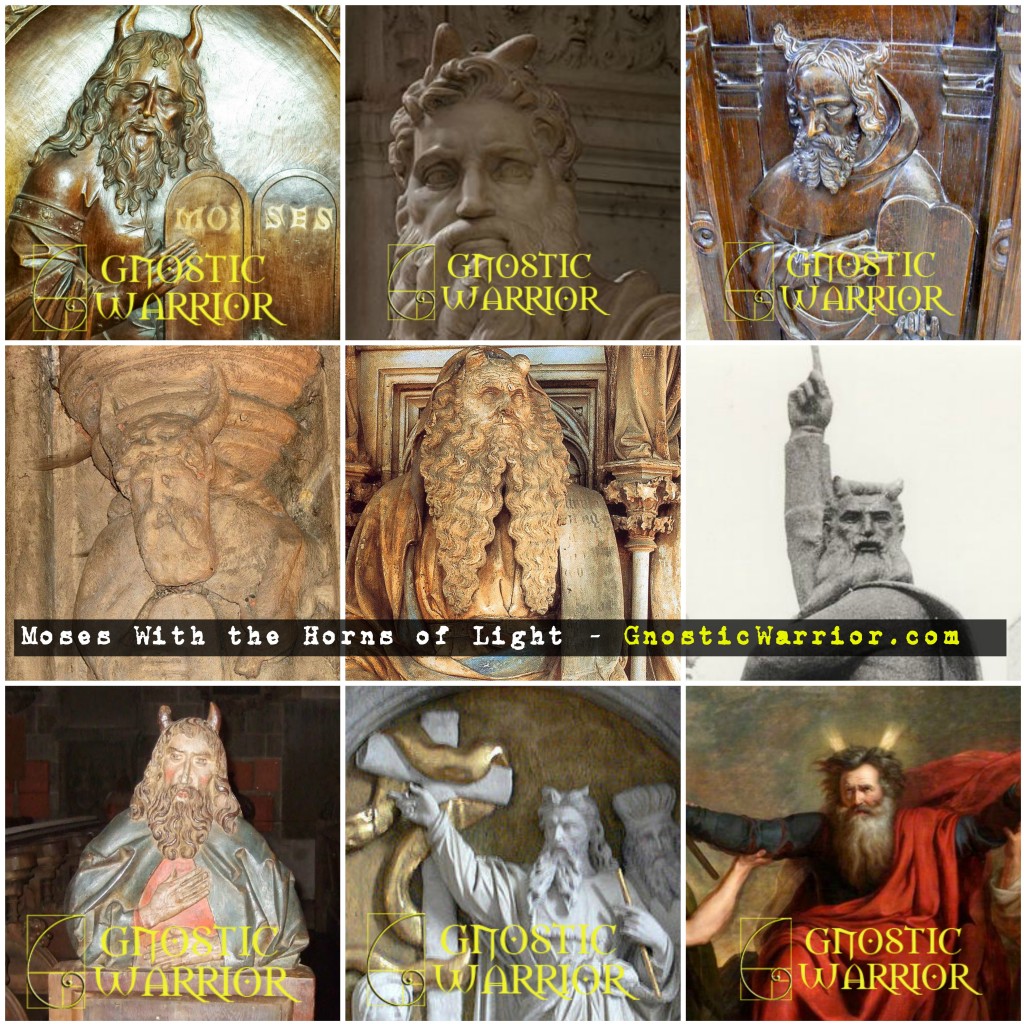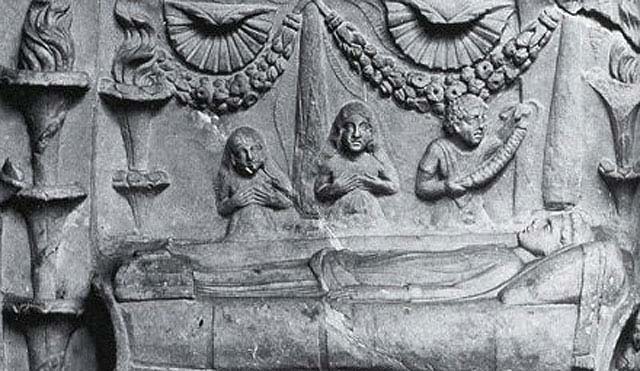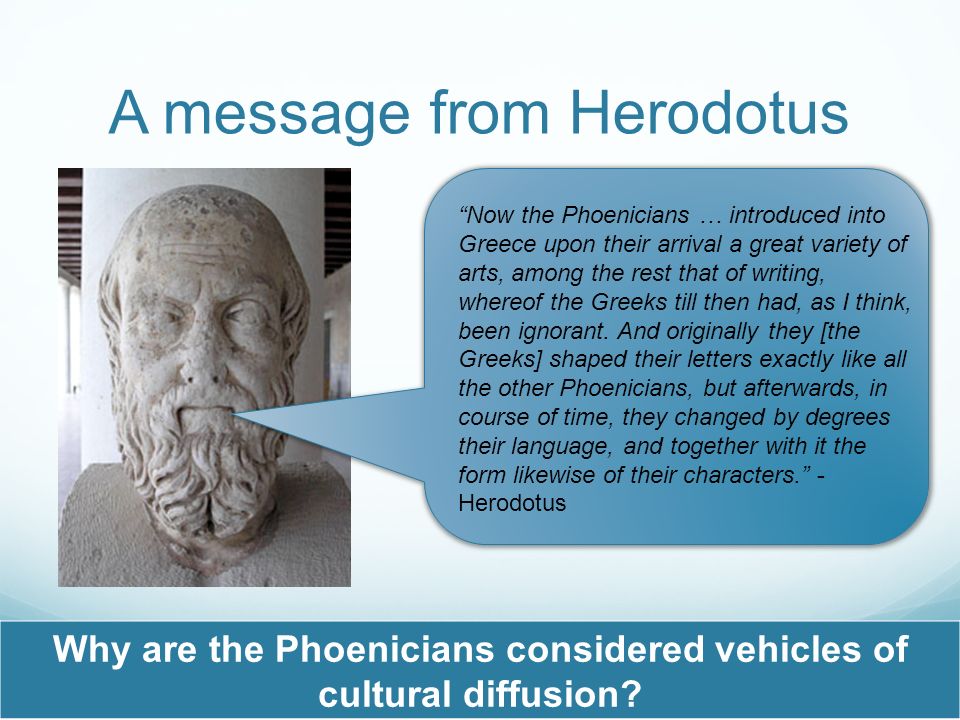by Moe | Feb 18, 2017 | Meaning of Symbols
“In ancient times, horns symbolized power, knowledge and initiation into the secret mysteries of Gnosis. They also signify the power in our minds found through our hippocampus in which we form all memories and regulate emotions. Throughout the ages, you will find various Gods such as Pan, Ammon Ra, and Jupiter Ammon depicted with horns. Powerful rulers and law makers such as Moses, Pharaoh Seti and Alexander the Great had also proudly worn the horns of Gnosis.” – Moe the Gnostic Warrior

Moe is the founder of GnosticWarrior.com. He is a father, husband, author, martial arts black belt, and an expert in Gnosticism, the occult, and esotericism.
by Moe | Feb 18, 2017 | Quotes
“My Third Eye on the so below is connected to the Creator in the as above heavans. I climb up the 33 steps of Jacob’s Ladder to reach the of alchemical energies of the light. The fallen consciousness of Lucifer redeemed to be raised to Christos. Connected to the source, I AM one with God.” – Moe the Gnostic Warrior

Moe is the founder of GnosticWarrior.com. He is a father, husband, author, martial arts black belt, and an expert in Gnosticism, the occult, and esotericism.
by Moe | Feb 17, 2017 | Meaning of Symbols
You will find Moses often depicted in artwork with horns. These horns symbolize our hippocampus (ammon’s horn) and are responsible for processing our memories and regulating emotion. Moses was told by God in Malachi 4:4: “Remember the law of my servant Moses, the decrees and laws I gave him at Horeb for all Israel.”

Moe is the founder of GnosticWarrior.com. He is a father, husband, author, martial arts black belt, and an expert in Gnosticism, the occult, and esotericism.
by Moe | Feb 16, 2017 | Ancient History, Meaning of Words
‘Our ancestors left their tombs in night’s silent hour and wailed. The city streets and broad grassland howled, they say, with a hollow throng of shapeless souls.” – Ovid

In the month of February, there used to be an ancient festival called Parentalia (Latin pronunciation: [pa.renˈtaː.li.a]) or dies parentales (Latin pronunciation: [ˈdi.eːs pa.renˈtaː.les], “ancestral days”) that was held over a 9 day period starting on February 13 and ended with the Feralia on February 21. The festival began with the performance of ceremonies in honor of the dead by the purest woman in the Roman society, a Vestal Virgin. (more…)
Moe is the founder of GnosticWarrior.com. He is a father, husband, author, martial arts black belt, and an expert in Gnosticism, the occult, and esotericism.
by Moe | Feb 13, 2017 | Phoenicians
“Now the Phoenicians who came with Cadmus, and to whom the Gephyraei belonged, introduced into Greece upon their arrival a great variety of arts, among the rest that of writing, whereof the Greeks till then had, as I think, been ignorant. And originally they shaped their letters exactly like all the other Phoenicians, but afterwards, in course of time, they changed by degrees their language, and together with it the form likewise of their characters.”
The History of Herodotus:
Moe is the founder of GnosticWarrior.com. He is a father, husband, author, martial arts black belt, and an expert in Gnosticism, the occult, and esotericism.






